Although it attempts to function as a democratic governing body, the Central Tibetan Administration (CTA; the Tibetan leadership based in Dharamsala) is in actuality a privately-funded administration that derives most, if not all, of its income from government grants and private donors all over the world. A large portion of these funds is received and channelled through non-governmental organisations (NGO). One such NGO is the Tibet Fund, whose stated mission is to “preserve the distinct cultural and national identity of the Tibetan people”.
Since 1981, and under the patronage of His Holiness the Dalai Lama, the Tibet Fund has been a primary funding organization for programs which are touted to benefit the Tibetan refugees living in India, Nepal and Bhutan. Not only does the Tibet Fund receive the bulk of its income from US federal grants, but as a 501(c)(3) organisation, this non-profit organisation is also exempt from some federal income taxes.
While it all sounds very impressive from the outside, over the years, the Tibetan leadership has in fact faced many accusations of financial misappropriation and mismanagement. More often than not, these accusations involve the “power players” at the many institutions built around the Dalai Lama and the “Free Tibet” movement. Most recently for example, The Guardian reported that the Dalai Lama’s “personal emissary” Tenzin Dhonden had been suspended over corruption claims. This follows news last year that one of the Dalai Lama’s closest allies, Lodi Gyari and his son-in-law Phakchok Rinpoche were implicated in a money laundering scandal. They had even had their accounts frozen.
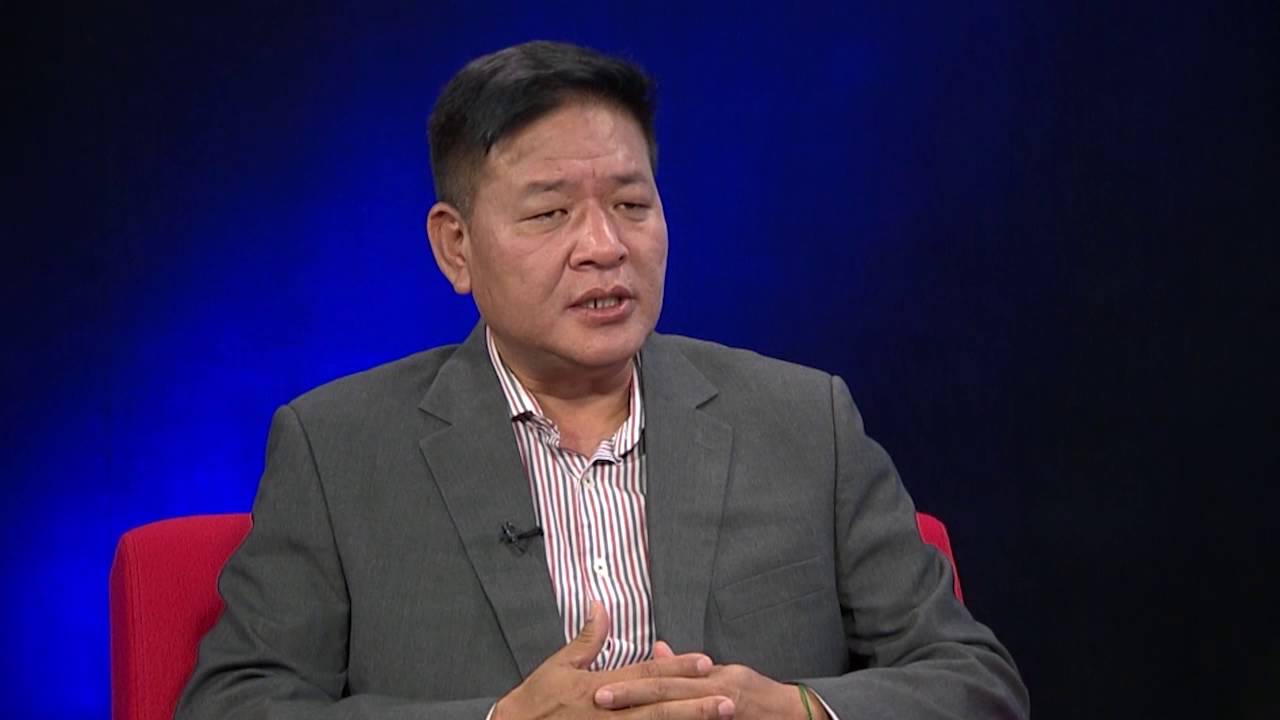
Penpa Tsering, the former donjo (Dalai Lama’s representative) of North America who was dismissed from his post for asking too many questions about the US$1.5 million loan, and for trying to hold the Sikyong accountable for the expenditure.
Evidently news of these financial discrepancies have reached the American leadership. It may be one of the reasons why the United States shocked the Tibetan leadership in March this year, proposing a 2018 budget which saw a substantial cut in American government’s aid to Tibet. It is a situation that appears to be irreversible considering US President Donald Trump’s total lack of interest in meeting with any Tibetan representatives. Why does the Tibetan leaders still depend on free money handouts from US and other governments? Why can’t they produce their own money and stop being so parasitic after being independent for 60 years in democratic India? Why talk so big when they have no money of their own? How many more years does the governments of the free world need to still donate in the millions to the Tibetan leadership? What does the Tibetan leadership give back in return for the generous billions they have siphoned from various governments, private organizations and donations? Why does any government in the free world even need to donate to the Tibetan leadership?
To make things worse, in the past week, political rivalry between two Tibetan leaders exploded into the public eye. Sikyong (Prime Minister) Lobsang Sangay and Penpa Tsering have been bickering since the 2016 Sikyong campaign. When Penpa Tsering lost and, as a consolation prize, was assigned to be the donjo (Dalai Lama’s representative) in North America, everyone thought this new cushy diplomatic post signalled an end to their rivalry. At least, until this week when their spat blew up again, leading to Penpa Tsering being summarily dismissed from his post on 7th November. It came not long after Penpa Tsering alleged financial discrepancy at The Office of Tibet in Washington D.C. which Phayul (see attached article) calls “loan-gate”.
This begs the following questions:
- If Lobsang Sangay and Penpa Tsering can fight tooth and nail over the status of a “mere” US$1.5 million loan, what else are they fighting about?
- For most governments around the world who earn in the billions, US$1.5 million is an insignificant amount. Yet the Tibetan leaders make such a huge fuss over it, which reflects the narrow-mindedness and low level of governance. And if the government cannot keep track of such an amount, how will they ever be able to govern or administer anything bigger? What else has the CTA lost track of, if they can bicker and argue over this amount?
- US$1.5 million is the amount audited by external auditors as a loan, which Lobsang Sangay insists is an amount that the Tibet Fund contributed and did not expect to be paid back. The fact Lobsang Sangay is trying to change the status of this money from a loan to contribution should concern all Tibetans, especially since Lobsang Sangay moved to dismiss Penpa Tsering once he began asking questions about the CTA’s finances. If “only” US$1.5 million led to Penpa Tsering’s dismissal, what else is being hidden that no one else knows about? How much other funds have been conveniently shuffled around and reassigned in the last few decades, that no one has asked questions about, audited or been held accountable for? The US$1.5 million must be only the tip of a financial scandal iceberg which is much, much, much larger.
The moral of this story for the US government and the many charity trusts and individuals who contribute to the “Tibet cause” is to be wary and hold back contributions until everything is properly investigated and explained, not leaving any stone unturned. The Tibetan public and the concerned donors who gave their financial support to the Tibetans deserve nothing less than this.
PHAYUL: NA rep. row depends with ‘loan-gate’ while Kashag cites trust, performance deficit
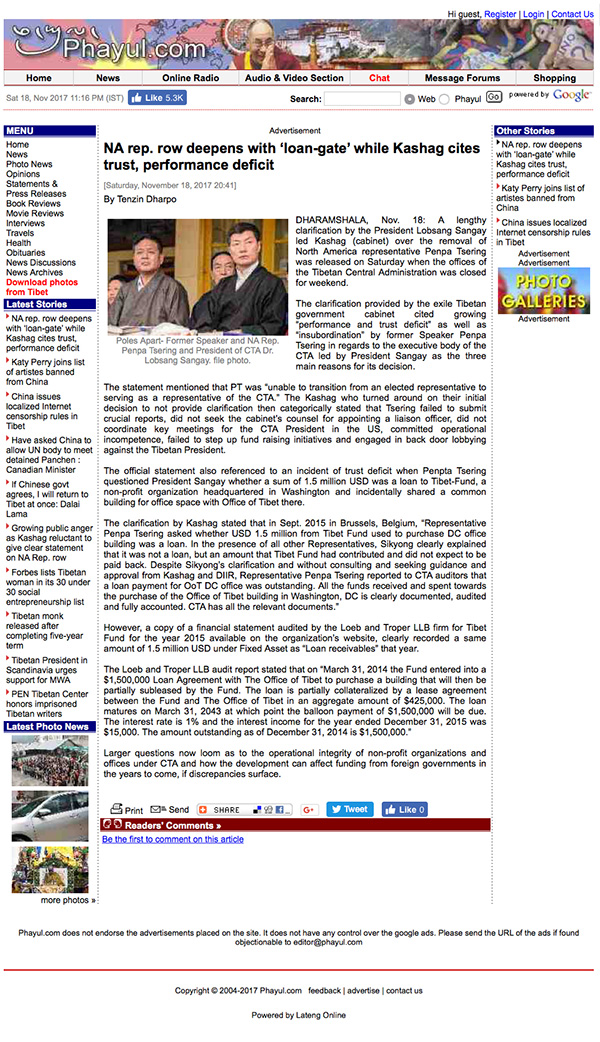
Click to enlarge (Source: http://www.phayul.com/news/article.aspx?id=39815)
TIBETAN JOURNAL: Does Kashag Ousting Representative Penpa Tsering Land Upon $1.5 Million?
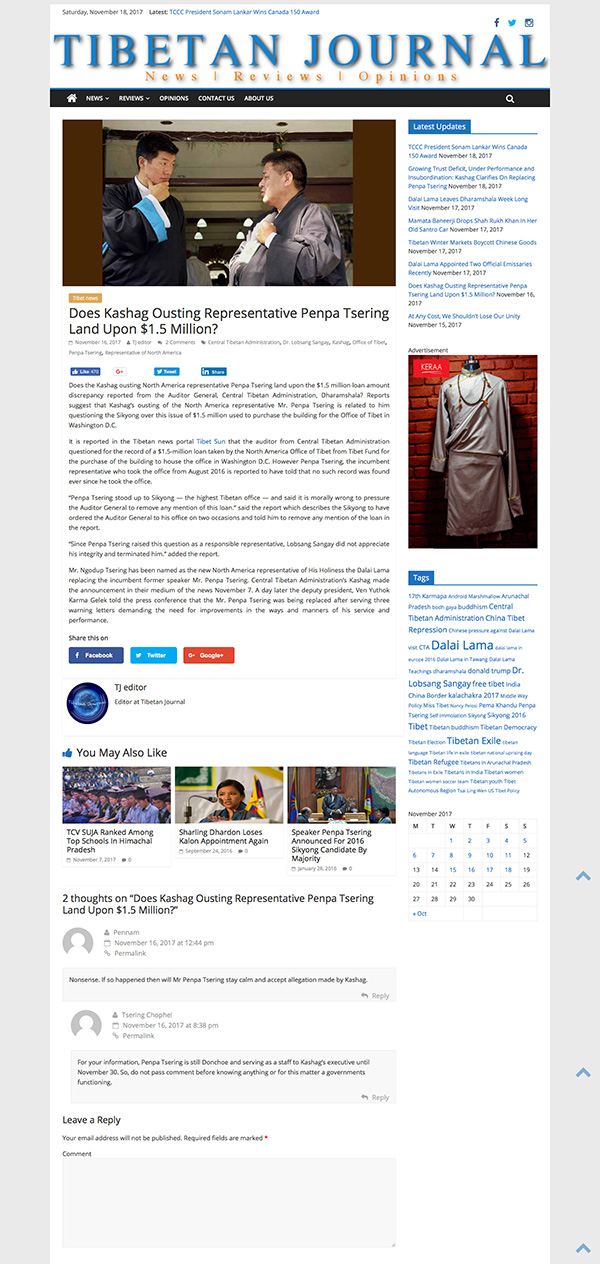
Click to enlarge (Source: http://www.tibetanjournal.com/index.php/2017/11/16/kashag-ousting-north-america-representative/)
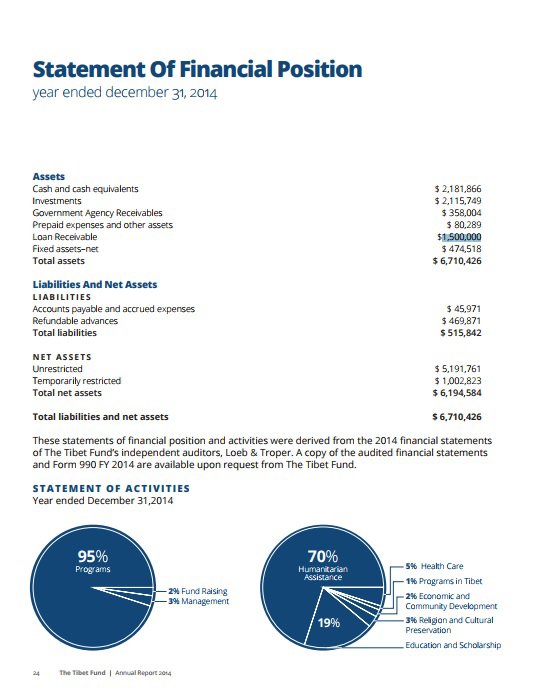
The audited accounts of the Tibet Fund shows a loan of US$1.5 million. This has appeared in their accounts since the year end 2015 as a “loans receivable”. Why is the Sikyong Lobsang Sangay trying to get this changed to a gift or contribution? As per US government laws, these documents are available in the public domain for download.
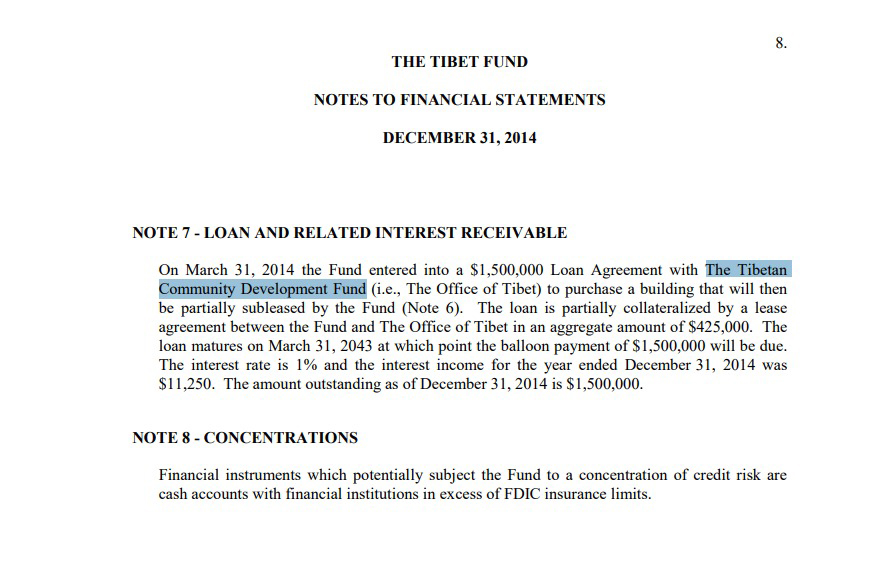
The Tibet Fund’s audited accounts notes confirms that the said US$ 1.5 million loan was provided to the Tibetan Community Development Fund. There is no denying that the US$1.5 million was a loan and yet Sikyong Lobsang Sangay’s instruction to treat it as a gift goes against proper accounting practice. As per US government laws, these documents are available in the public domain for download.
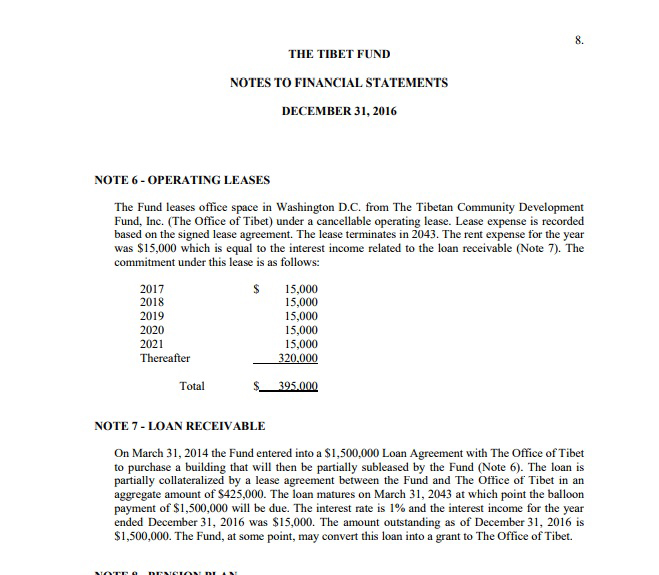
As recently as last year, the Tibet Fund’s accounts still reflect the said US$ 1.5 million loan. As per US government laws, these documents are available in the public domain for download.
MORE NEWS LIKE THIS